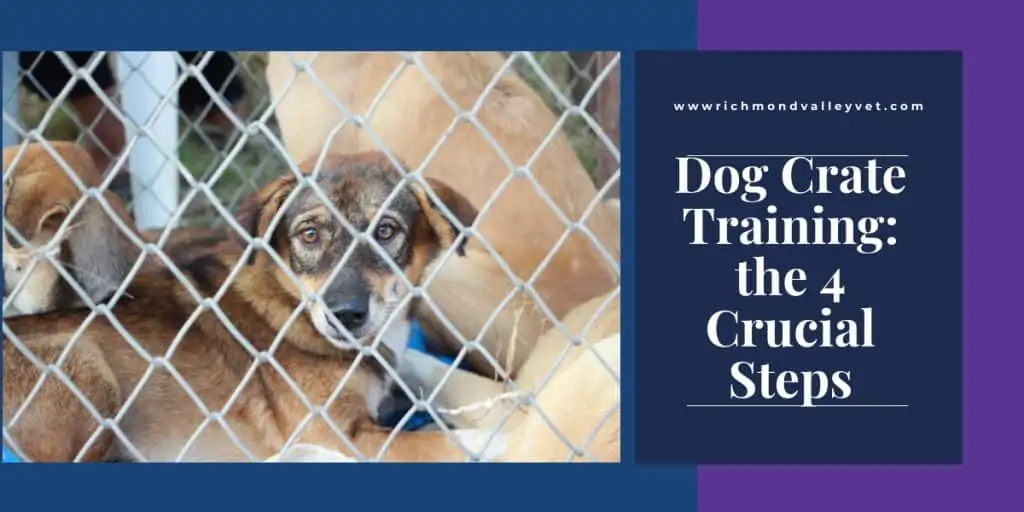
There are two ways to look at housing your dog in a crate. While some people consider it a cruel practice, some consider it to be a necessity.
Even when you have emotions for the dog, training him to get accustomed to the crate can create positive psychology.
If trained properly, your pooch can associate his crate to a cozy dwelling that is quiet and safe.
There are several strategies to consider when crate training your dog. This post maps out the four crucial steps involved in dog crate training.
Choosing the crate
Consider the size of your dog when choosing a crate. It is important that he has ample space to stand and move comfortably within his crate.
When it comes to the crate type, it is ideal to choose a crate which is strong. A collapsible metal crate can be ideal when you consider transportation and frequent relocation within your house.
Choosing the location
Crates can be overwhelming for your dog, especially during the initial stage of the training.
Foresee the possibilities and consider placing the crate in a location where your family spends most of the time.
For instance, placing a crate in the living room where your family watches the television is ideal. Doing so will ensure that at least one of the family members is in the room.
This will help your pooch to get accustomed to the crate easily.
Additionally, during the onset of the training, your dog may whine and bark to get your attention. Having people in the living room who have their attention to the TV rather than the dog will send out a strong message to him that there is no point in trying to gain attention.
Crate feeding
Tossing his favorite food into the crate is a good means to get your dog accustomed with the crate. Getting your dog to eat in the crate is something that you have to consider with time.
Start by feeding him the regular meals near the crate. This will help you to make your dog associate the crate with some pleasant memories. The next step is to place the feeding bowl inside the crate.
If your dog hesitates to go inside, you can bring the bowl towards the entrance so that your dog can have his meal only with his head poking in the crate. The trick of the trade is to slowly move the bowl inside the crate with time.
Increasing the crate time
Even when your dog is comfortable with the crate, do not compel him to stay locked for hours. Locking the crate doors can make him feel that his freedom is being taken.
One way of increasing the crate time is to call your dog while standing near the crate and pointing to the crate while holding a treat in your hand. When he enters the crate praise him for the good act and leave the room for ten minutes after spending some time near the crate.
Repeat this while increasing the interval of your return.
Foresee the separation anxiety factor when crate training your dog. Keep in mind that your pooch is a good time-keeper, so it is ideal not to be punctual when it comes to taking him out from the crate for a walk or other activities.
